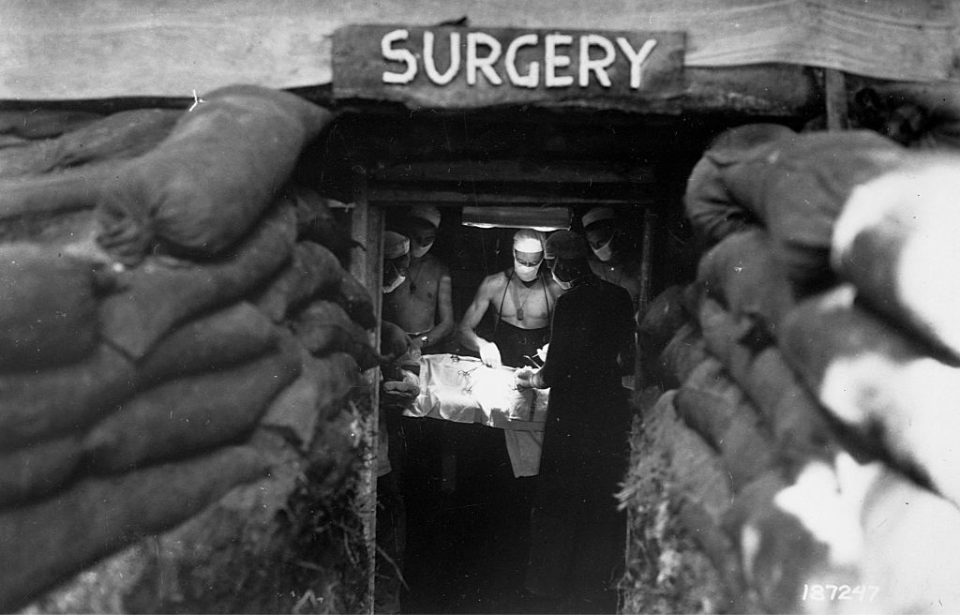The Second World War brought about devastation and human suffering on a global scale. As the conflict escalated, the need for rapid and efficient medical treatment became paramount. In response to the dire situation, portable surgical hospitals emerged as a groundbreaking innovation that revolutionized battlefield medicine. These medical facilities played a crucial role in saving countless lives and ushered in a new era of care during wartime.
The concept of portable surgical hospitals can be traced back to the American Civil War, when rudimentary field hospitals were set up near battlefronts to treat wounded soldiers. However, it was during World War II that the idea evolved significantly, owing to advancements in medical technology and logistical expertise.
Countries recognized the importance of rapid medical attention for injured troops. In the United States, the US Army Medical Department was instrumental in developing mobile field hospitals that could be deployed quickly and efficiently to the front. These were equipped with state-of-the-art surgical facilities and staffed by various medical professionals capable of providing lifesaving treatments to wounded soldiers.
Portable surgical hospitals, later redesignated Mobile Army Surgical Hospitals (MASH units), were designed to be agile, compact and easy to transport. They consisted of tents that could be assembled swiftly in various terrains and weather conditions.
The units themselves were equipped with medical supplies and surgical instruments, and assigned a strict weight limit to ensure materials were always moveable. Their main flaw, however, was that, in order to stick to this, they were missing items needed to be truly effective.
The above photo shows a surgery room on Bougainville during the Solomon Islands Campaign. It was part of a portable surgical hospital situated near the front. Sandbags surrounded the entrance, and the team, including the surgeon, operated shirtless. This was likely due to the heat. They can be seen working on a US soldier injured by a Japanese sniper.
More from us: Niš Incident: The Top-Secret Military Confrontation Between the US and the Soviet Union
The proximity of these mobile hospitals to the battlefield greatly reduced the time it took to transport wounded troops to medical facilities, thus increasing the likelihood of survival. While they had their problems, their impact on battlefield medicine cannot be overstated. The swift and effective medical attention provided by these units contributed to the effective treatment of the injured and helped more efficiently treat infection.
